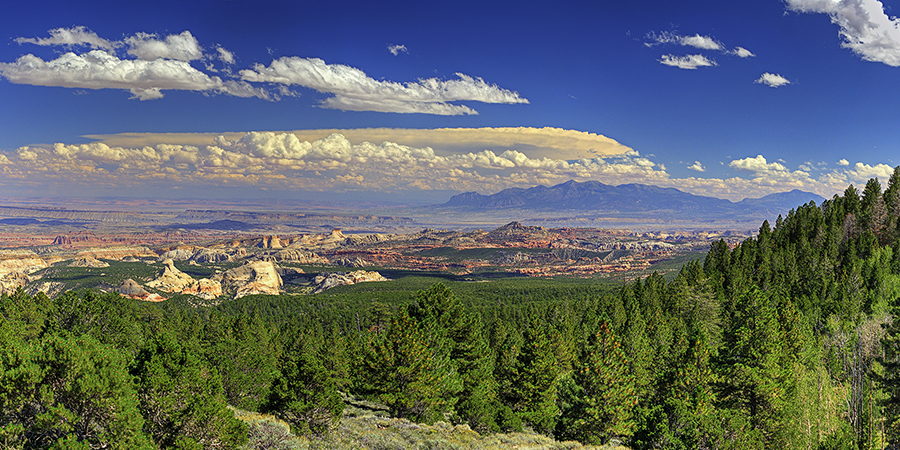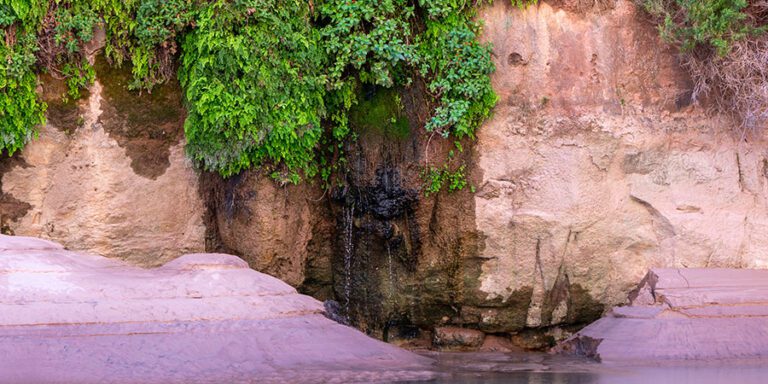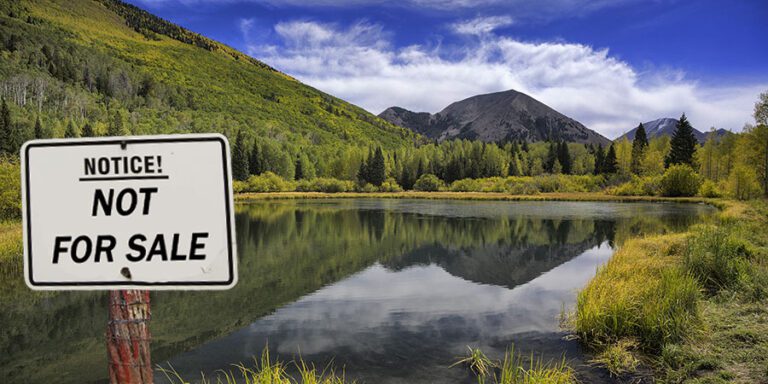
Roadless forests in Utah are far more valuable for fish and wildlife habitat and recreation than for timber production.
Cool, clear streams flowing from craggy peaks. Quiet singletrack trails brimming with wildflowers and amazing views. Vast forests dotted with lakes and meadows. All these things and more are protected in Utah’s national forests, thanks to a widely supported conservation policy called the “roadless rule.”
For nearly 25 years, the roadless rule has protected millions of acres of public lands and waters from new road construction, logging, and industrial development. These “roadless areas” are swaths within national forests that are free and open to all Americans for camping, hiking, exploring, hunting, and fishing. They span the ancestral lands of Native nations, protect important cultural places and vital watersheds, and are home to thousands of wildlife species. Simply put: Roadless forests are essential to our quality of life.
Now, forests in Utah and across the West are under threat from the current administration, which announced on June 23, 2025 that it intends to repeal the roadless rule and open our country’s wildest forests to the timber industry.
What is the Roadless Area Conservation Rule?
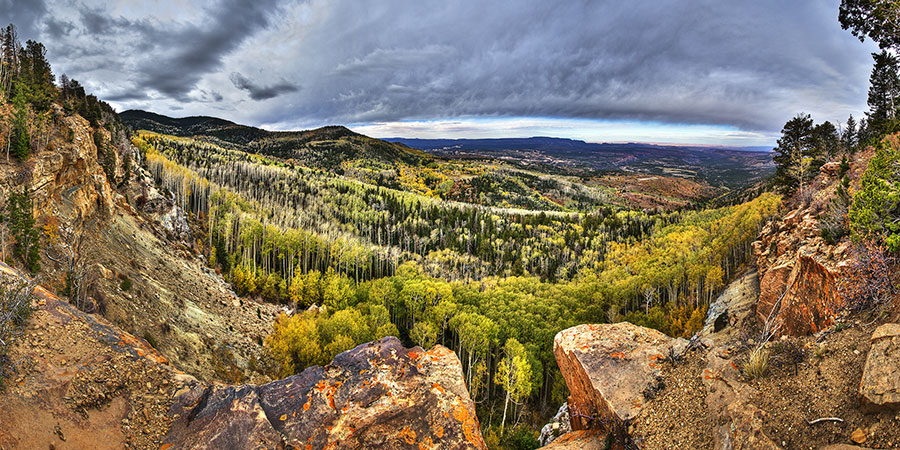
Blue Mountain roadless area in the Manti-La Sal National Forest.
Almost a quarter century ago, the U.S. Forest Service enacted the 2001 Roadless Area Conservation Rule, which broadly prohibits commercial logging and limits new road construction across 58.5 million acres of national forest lands across the country. In Utah alone, the roadless rule protects about 4 million acres (about half) of Forest Service-managed public lands. The rule was designed to protect “air and water quality, biodiversity, and opportunities for personal renewal…”
The rule was necessary because after about a century of road building and logging, the nation’s forests were mostly depleted of high-quality timber that was cheap and easy to harvest. The lands that were spared from roadbuilding and logging were mostly steep, rocky places with unstable soils. If a road had not been built and timber logged by the year 2000, it was likely because it didn’t make sense economically to do so.
The roads we do have on national forest lands stretch some 370,000 miles — more than the entire interstate highway system — and they are subject to an enormous maintenance backlog of nearly $5 billion and growing.
The value of these roadless forests are far higher for water filtration, intact fish and wildlife habitat, and remote backcountry recreation than for timber production. The roadless rule sets them aside for protection, while allowing carve outs for fire mitigation, insects and disease, and public safety.
Roadless forests in Utah protect municipal drinking water
Many national forests in Utah were created in the early 20th century at the urging of Utahns to preserve their communities’ watersheds. Today, roadless areas protect clean water sources for Utah towns and cities including Logan, Ogden, Provo, Moab, Monticello, Blanding, St. George, and more.
Utahns recreate in roadless forests
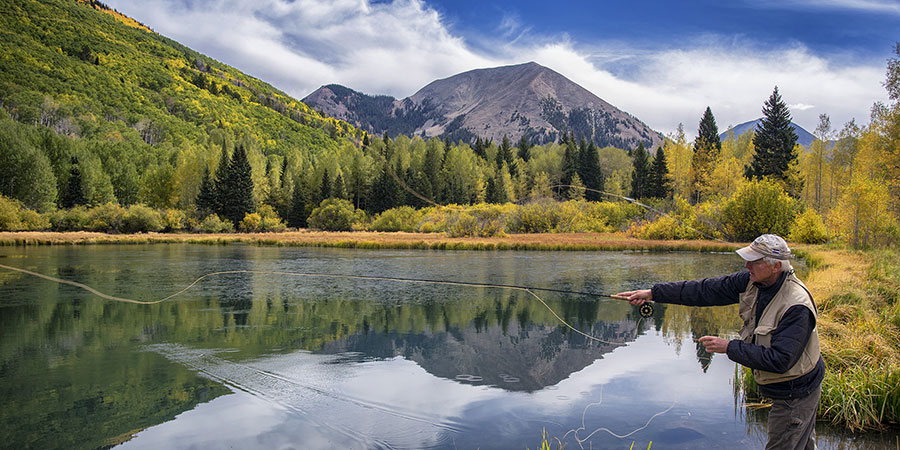
Horse Mountain – Manns Peak roadless area in the Manti-La Sal National Forest.
You might not realize that some of your favorite public lands are protected as roadless areas, but access to places like Arch Canyon in Bears Ears National Monument, the La Sal Mountains near Moab, and Bullion Canyon in the Tushar Mountains on the Fishlake National Forest is the reason so many choose to live, work, and play in Utah.
According to the Outdoor Alliance, Utah’s roadless areas protect over 1,300 rock climbing routes, 1.2 million acres of backcountry skiing terrain, and about 2,000 miles of hiking and mountain biking trails.
The roadless rule is popular
The roadless rule was the result of 600 public meetings across the country, eliciting more than 1.6 million public comments, of which 97% favored adopting protections for roadless areas. This was before widespread public use of the internet, and it set the record for the most public comments in a federal rulemaking process at the time.
Today, communities, businesses, sporting groups, elected officials, tribes, and many others continue to support this landmark conservation policy. A 2019 poll from Pew shows that 75% of Americans still favor the roadless rule.
If it’s so popular, why would the administration repeal it?
The administration is seeking to eliminate the roadless rule to allow for new roadbuilding and logging under the guise of reducing wildfire risk. U.S. Department of Agriculture Secretary Brooke Rollins said rescinding the rule would allow swift action to reduce wildfire risk and help protect surrounding communities and infrastructure. But the science isn’t on Secretary Rollins’ side.
While more roads can make fighting fires more convenient, roads also lead to more fire starts. One study found that 90% of all fires begin near roads. Another found that over the last 30 years, wildfire-ignition density was lowest in designated wilderness areas, followed closely by roadless areas. The highest wildfire-ignition density was in lands within 150 feet of roads.
The roadless rule already allows for thinning small diameter trees. In fact, every exemption asked for to do fire mitigation in Utah has been granted.
Think of Boulder Mountain and the Aquarius Plateau at the top of the Grand Staircase or Mount Dutton north of Bryce Canyon National Park. These places host some of Utah’s largest roadless areas and there are no homes there or anywhere near there. Wildfire risk is best mitigated by thinning near homes and communities, not by building new roads and logging far-flung backcountry.
What’s next for the roadless rule
According to Forest Service Chief Tom Schultz, a public process should kick off this fall to officially throw out the rule.
The administration has demonstrated time and again, like the recently defeated proposal to sell-off public lands, that it supports privatizing public resources for corporate gain. Rescinding the roadless rule is another attempt to do that.
We’ll let you know how you can raise your voice to oppose the repeal of the roadless rule in the coming weeks. An early comment period (known as “scoping”) will likely happen in late summer or early fall. Stay tuned.

